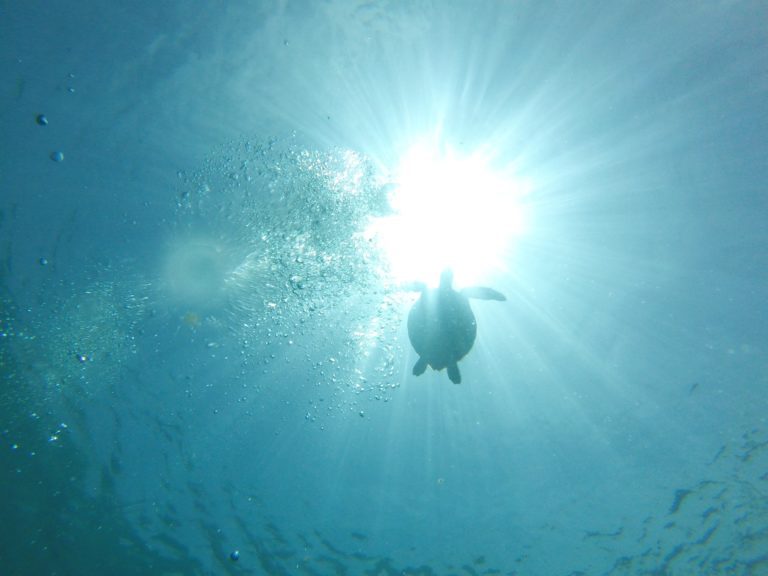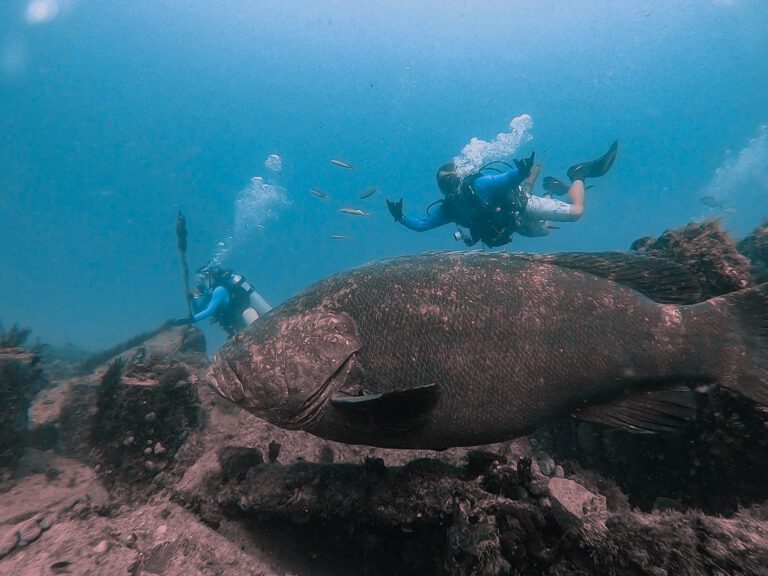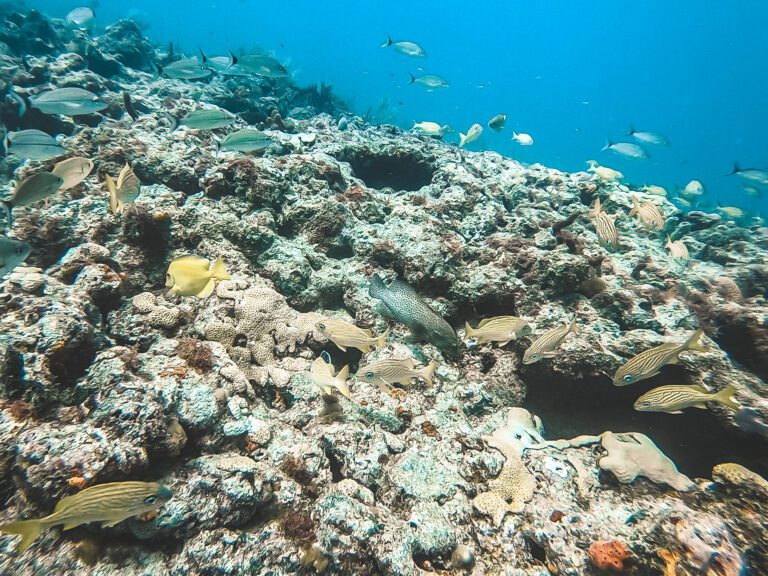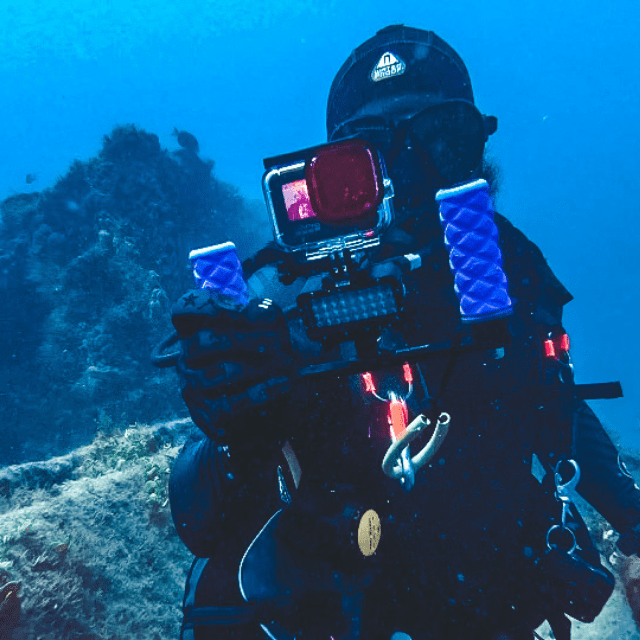How to Equalize While Scuba Diving
Learning how to equalize while scuba diving is a challenge for many. If you struggle with equalization in your ears, try one of these 3 methods on your next dive!
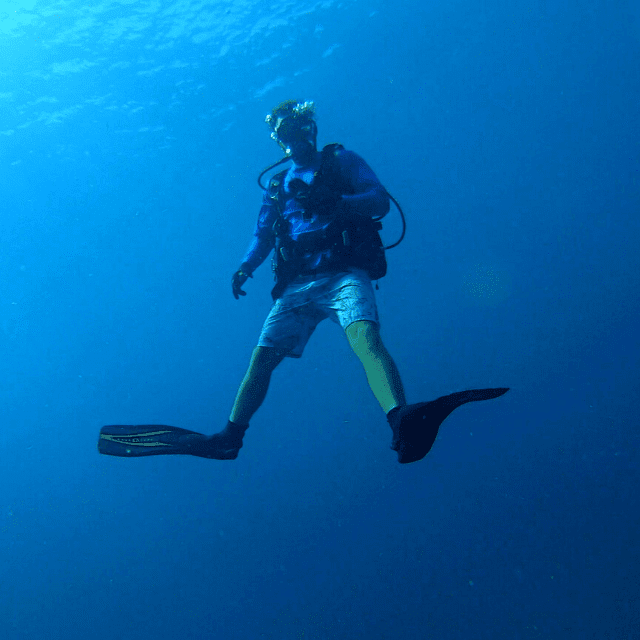
Equalizing while scuba diving may be the most critical skill to master during your dive training. If you can’t relieve the pressure from your ears, you can’t dive. Plain and simple. And of course, at the same time, it’s also one of the most challenging skills to master.
In fact, I’ve seen it hundreds of times, people who have to cancel a dive because their ears won’t equalize. It’s frustrating, but it happens.
So if that’s you, pay attention to the methods of ear equalization below. Hopefully, with a little bit of practice, it’ll save your next dive!
Why You Need to Equalize While Scuba Diving
Now, why do you need to equalize anyway? Well, think back to your open water class. The pressure of the water takes a toll on your body as you descend. Your lungs are self-regulating as you breathe in and breathe out – they don’t need any help. Your ears and sinuses? That’s a different story.
As the pressure increases as you descend in scuba diving, the air space behind your eardrum decreases. This causes your eardrum to press into the bones in the middle ear (ouch)! When you equalize, you’re enabling air into that air space in the middle ear which relieves the pressure you feel on your eardrum.
If you don’t equalize as you descend, serious injury can occur within the ear. So it’s incredibly important you equalize!
Need a Scuba Refresher?
We’ve written the most extensive Scuba Refresher available on the internet. Check it out before getting back into the water!
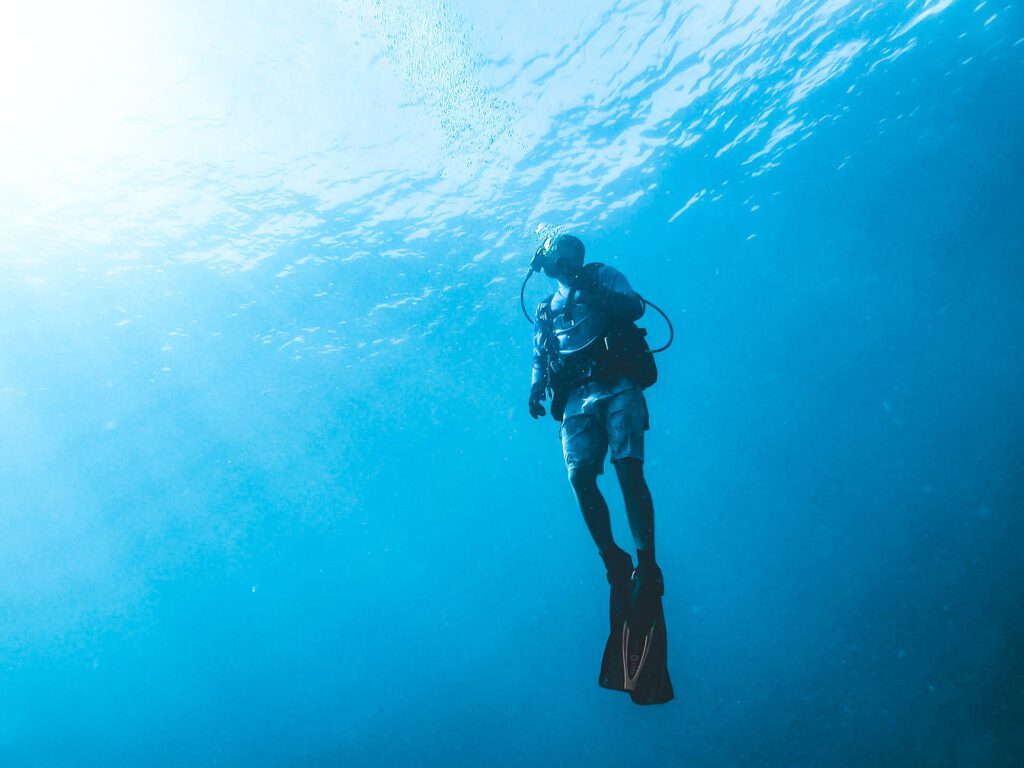
How to Equalize Your Ears While Scuba Diving
These are the most popular methods of ear equalization in scuba diving:
Jaw shift
Moving your jaw from side to side, up and down, or in a circular motion can help equalize your ear as it shifts air to different spaces in your sinuses.
This isn’t the preferred method, by any means, but it does work for some people. If you’re having issues, give it a shot, it might just work for you!
Swallow
This is how most people equalize their ears on an airplane. It’s easy, simple, and relatively comfortable. All you have to do is swallow!
When you swallow, air shifts around inside the internal spaces, sending air up the eustachian tube and into the middle ear.
If you choose this method, I recommend swallowing early and often as it may not be able to equalize under a lot of pressure.
Nose Plug and Blow (Valsalva Maneuver)
The preferred method of ear equalization while scuba diving – also known as the Valsalva Maneuver. As soon as you feel a pressure build-up in your ears, plug your nostrils with your fingers and blow through the nostrils. This creates a quick flow of air into your eustachian tube and into the middle ear.
This method is the most effective, and easiest, to perform under high pressures as you descend in scuba. In fact, this is probably the method you were taught in your open water class.
However, if this doesn’t work for you, try one of the methods mentioned earlier! Or give a combo of all three a shot!
This video by GreatDivers Scuba does a fantastic job of explaining how to equalize your ears while scuba diving!
Most Importantly…
Equalize early and often to avoid discomfort and NEVER force it. If your ears won’t equalize, so be it. A missed dive is WAY better than a trip to the hospital.
Read More Scuba Diving Tips!
We hope you enjoyed our post on hiking the Magens Bay Nature Trail. Hopefully, you’ll find it useful on your next adventure! Here are a few more ocean-loving articles we think you should read next:
- A Scuba Diver’s Guide to Tipping (How to Tip Your Dive Crew Accordingly)
- 13 Tips for New Scuba Divers on Your First Boat Dive
- 17 Useful Tips for Better Underwater GoPro Videos – Scuba Diving
- How to Equalize While Scuba Diving
- 4 Easiest Methods of Water Entry in Scuba Diving
How do you equalize while scuba diving? Let us know in a comment below!

